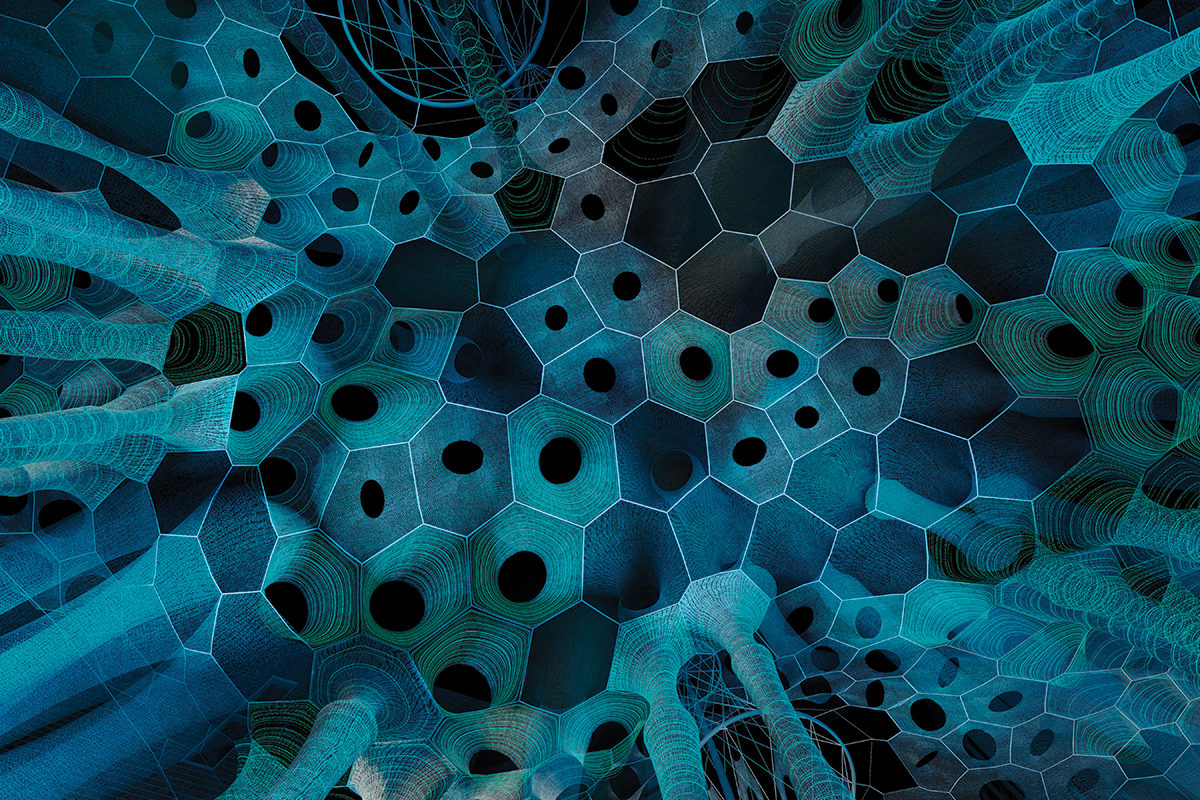Humility is the lesson I repeatedly learn from existing buildings. Having led restorations on more than a dozen National Historic Landmarks, I am confident that the original designers, builders, and owners were not malevolent, nor were the subsequent stewards. Like me, each was working within a framework of available knowledge and best practices, but best practices of the past have given me 30-plus years of experience in “dirty” buildings — the result of miracle materials that turned out to be not so miraculous.
“Dirty” is a shorthand term for hazardous or toxic materials, and every year seems to bring an expansion in the identification of these materials, where they might be found, and how they must be removed or contained. The quest for a healthier, less toxic world is essential but challenging. We have embraced some hazardous materials, like lead and asbestos, for millennia and placed new human-made toxins, like polychlorinated biphenyls (PCBs) and brominated fire retardants, into widespread use in the past few decades.
Natural materials such as lead and asbestos have been used for thousands of years. Roman drinking water pipes were made from lead, and asbestos cooking pots have been dated to 4500 BC. Asbestos has a tensile strength that surpasses steel, tremendous thermal stability, and is nonflammable. It’s no wonder it was widely used. By the end of the 20th century, an estimated 3,000 products contained asbestos, including roofing, siding, flooring, plaster, insulations for wire, buildings, and piping. Even vermiculite insulation might contain asbestos because of proximity of the source mines. Asbestos fibers are easily inhaled and can lead to permanent lung damage, a disease named, appropriately, asbestosis.
Lead is nearly as pervasive. Lead-based paint and finishes were heavily marketed in the 19th and 20th centuries because they adhered to different surfaces, were fast drying, washable, and durable. One heartbreaking advertisement from the 1920s even celebrated “yummy” flavors of lickable lead-based paint because it tastes sweet. Young children are particularly vulnerable to this toxic metal, which can cause damage to the brain, kidneys, and nerves. Lead was and sometimes still is standard in roofing flashing and often contaminates the soil on sites, which might also contain fly ash — a waste product rich in toxic metals from coal combustion — and arsenic, used as a pesticide.
Harmful “miracle” materials are not exclusive to nature. Even as we ban some, I fear we may be creating others. pcbs were formed by chemists about a century ago and were quickly acclaimed as an industrial breakthrough. They are not flammable, have high electrical resistance and good insulating properties, are stable even when exposed to heat and pressure, and don’t biodegrade. More than 1.5 million tons were produced for use in caulking, floor adhesives, and fluorescent-light ballasts. The very properties that make them desirable also make them hard to dispose of.
Not every miracle product is toxic, but it still might do harm. It was very common in the 1960s and ’70s to chemically clean and “waterproof” masonry buildings with clear sealants. This is a complicated and hotly debated issue within the historic preservation community, but to quote the National Park Service, “Inappropriate cleaning and coating treatments are a major cause of damage to historic masonry buildings.” This has certainly been my experience and made me leery of using any new miracle product.
Hence the humility. What might I be doing that will cause future building and planet stewards to shake their heads in dismay? I can only hope to stay vigilant, informed, and skeptical. Miracle materials are rarely all they claim to be.

